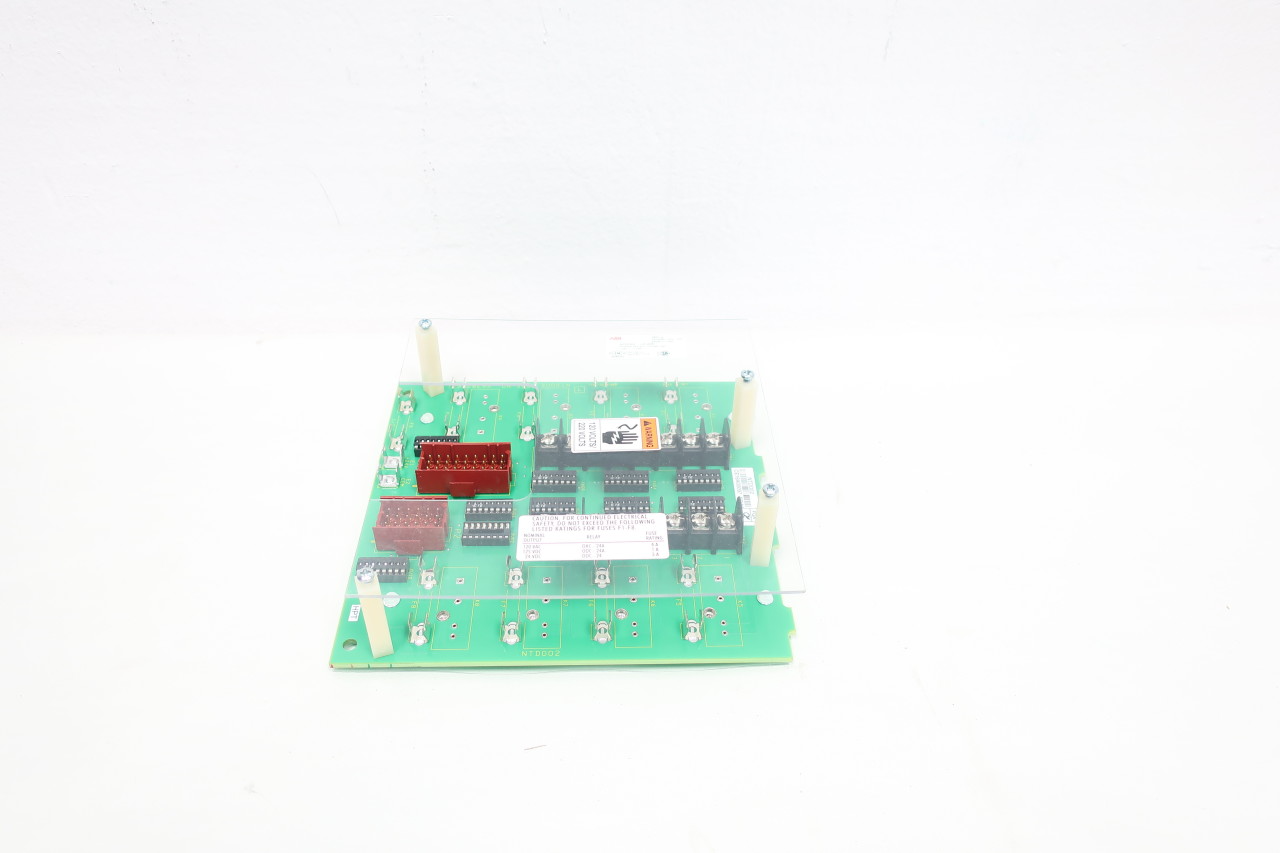ABB 3EST125-975 DCC2382A: Pioneering Electrical Engineering in Industrial Automation
This is the default backup site based on the primary configuration.

The Importance of Electrical Engineering
Electrical engineering is at the core of modern industrial automation, enabling the design, development, and deployment of complex systems that drive productivity and efficiency. One pivotal component in this landscape is the ABB 3EST125-975 DCC2382A, a device that exemplifies cutting-edge technology in electrical engineering.
Technical Specifications (IEC60947-2)
The ABB 3EST125-975 DCC2382A adheres to the IEC60947-2 standards, which govern low-voltage switchgear and control gear. This standard ensures safety, reliability, and performance in electrical installations. Here are some key specifications:
- Rated Operational Voltage (Ue): 690V AC
- Rated Operational Current (Ie): 125A
- Short-Circuit Breaking Capacity (Icu): 50kA
- Insulation Resistance: ≥ 2 MΩ
- Operational Temperature Range: -25°C to +60°C
These specifications make the ABB 3EST125-975 DCC2382A an ideal choice for robust industrial automation applications, where durability and performance are paramount.
Applications in Industrial Automation
The ABB 3EST125-975 DCC2382A is not just a component; it is a critical player in various industrial automation applications. Here are some key areas where it excels:
- Manufacturing Processes: The device is used in automated production lines, ensuring seamless power distribution to machinery.
- Industrial Robotics: With its high reliability, it supports robotic systems that require consistent power supply for optimal performance.
- HVAC Systems: The ABB 3EST125-975 DCC2382A aids in controlling HVAC systems, ensuring energy efficiency and comfort in industrial settings.
Role in Renewable Energy
As industries pivot towards sustainable practices, the ABB 3EST125-975 DCC2382A also finds its role in renewable energy applications. It is utilized in:
- Solar Power Systems: Facilitating the conversion and distribution of energy generated from solar panels.
- Wind Energy Solutions: Providing reliable power management in wind turbine operations.
- Energy Storage Systems: Supporting efficient energy distribution in battery storage solutions.
Its compliance with IEC60947-2 ensures that it meets the stringent safety and performance standards necessary for these applications.

Leave a comment
Your email address will not be published. Required fields are marked *